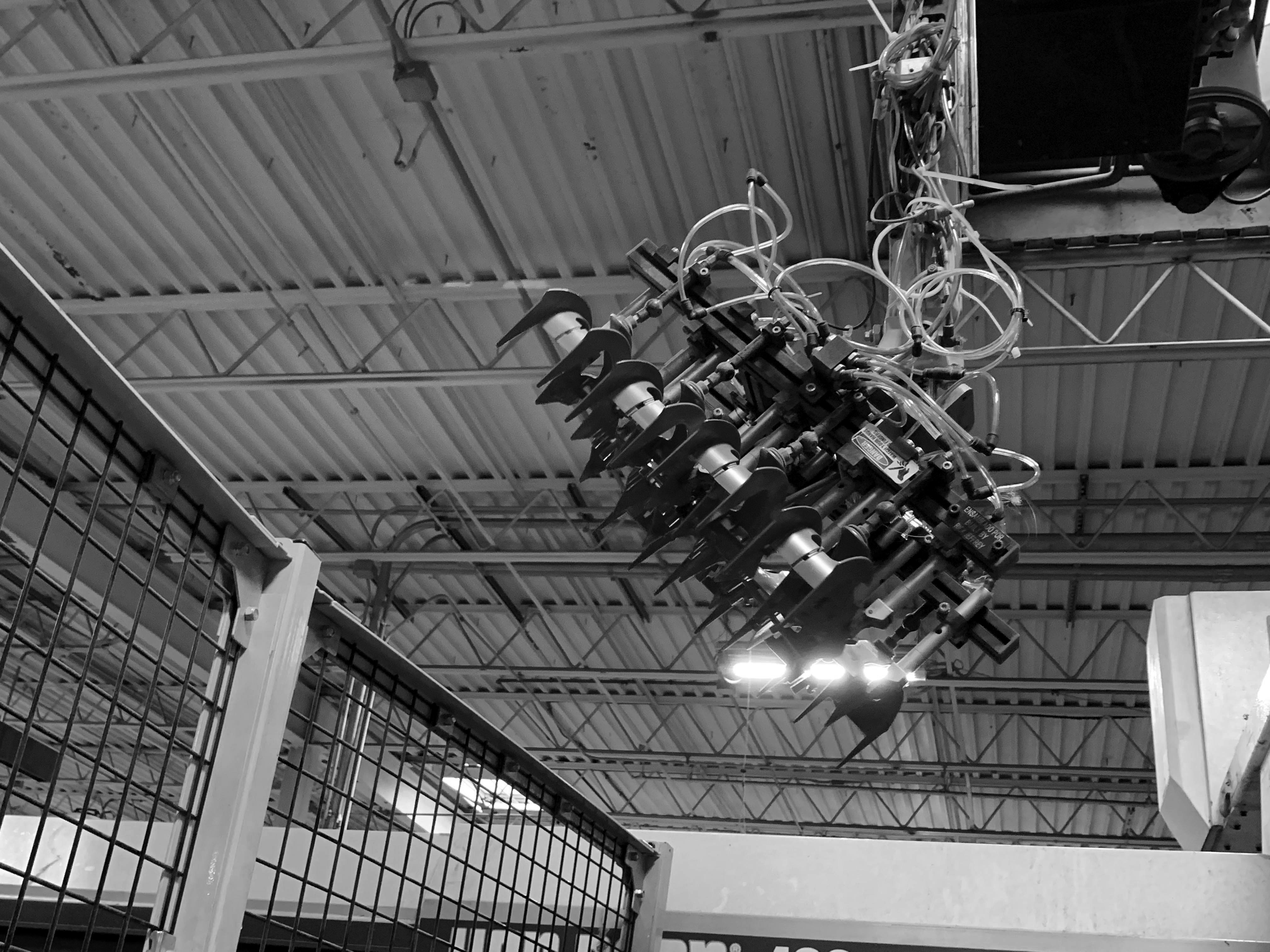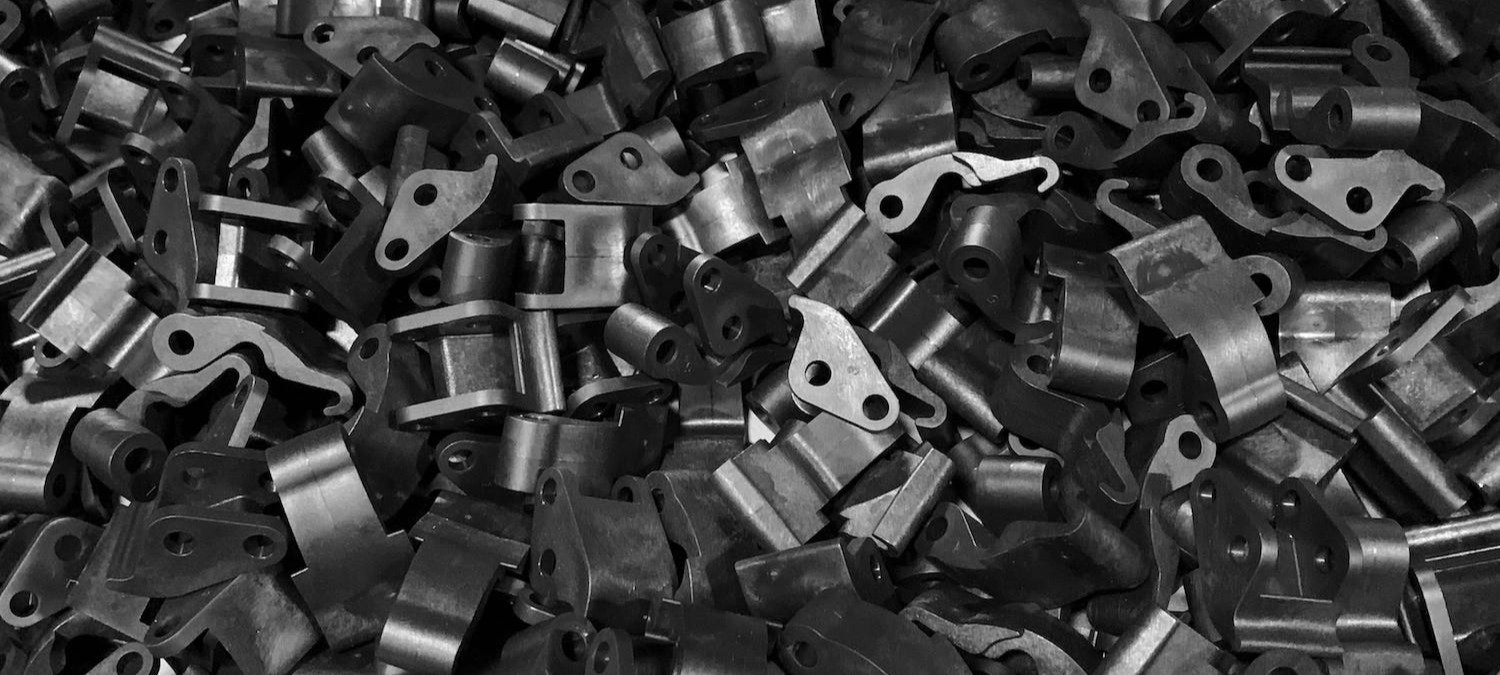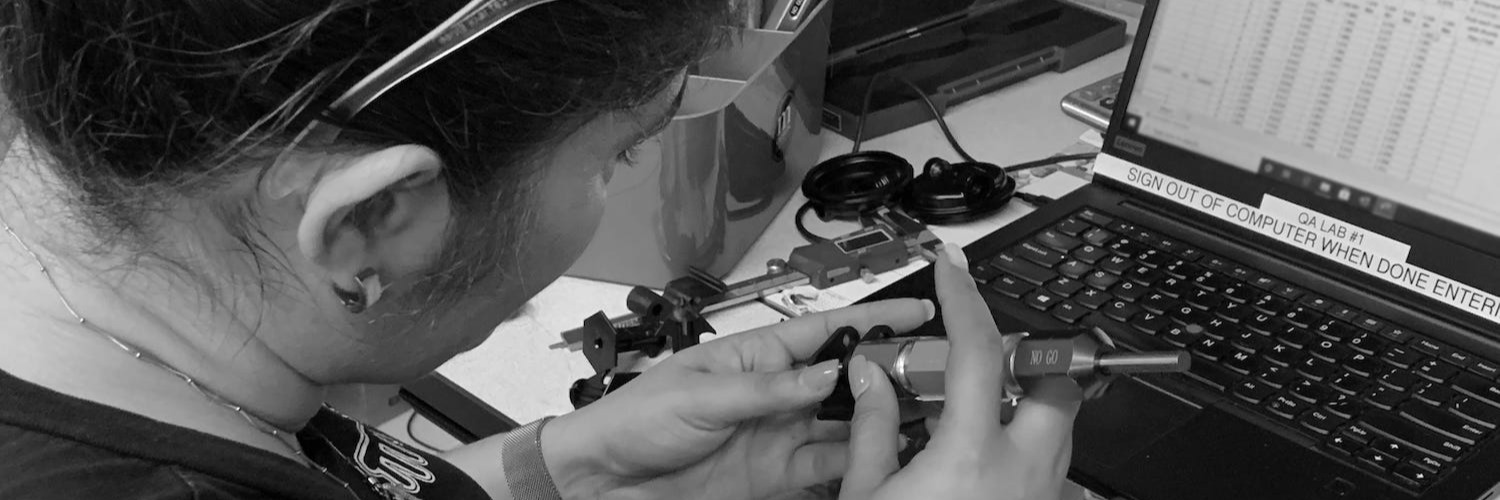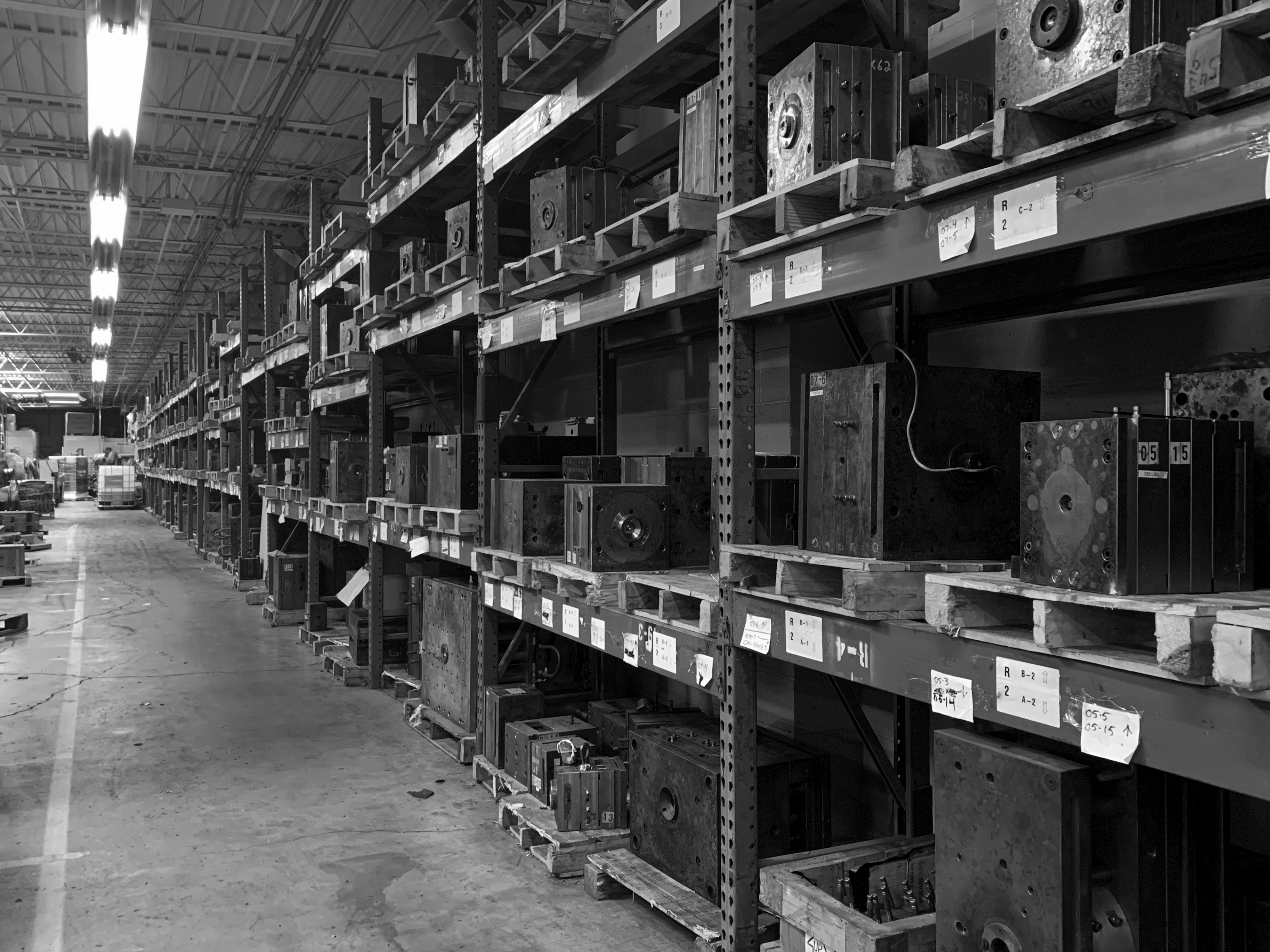Automation has transformed the plastic injection molding industry—from faster production times to reduced waste and greater consistency.
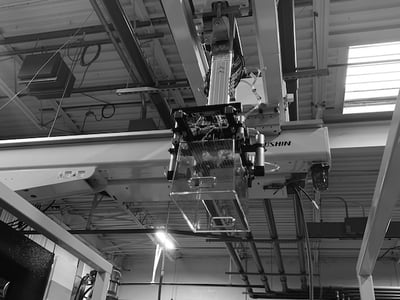
At the center of this transformation? Robotics.
In this guide, we’ll break down how injection molding robots work, why they matter, and how they’re used in modern facilities like Molding Dynamics to support high-volume jobs with exceptional precision.
What Are Injection Molding Robots?
Injection molding robots are programmable machines designed to handle tasks within the molding process that would otherwise require manual labor. These robots typically perform operations like loading and unloading molds; removing finished parts from machines; placing inserts or labels; and performing secondary tasks like trimming or inspection.
By reducing human touchpoints, robots ensure a higher level of accuracy and safety—especially in repeatable, high-volume production environments.
Why Use Injection Molding Robots?
Robotics and automation are essential in today’s injection molding landscape. Here’s why:
Speed and Efficiency
Robots don’t need breaks. They can perform tasks faster than manual operators and keep pace with continuous production cycles, making them ideal for around-the-clock manufacturing.
Consistency and Precision
With robotic assistance, every cycle is consistent. This reduces part variation, limits defect rates, and improves overall product quality.
Reduced Labor Costs
While the upfront investment in robotics can be significant, the long-term labor savings and productivity gains often justify the cost, especially for large production runs.
Improved Human Safety
Robots handle repetitive, high-risk tasks, which reduces the risk of injury and frees up skilled workers for more strategic roles.
Automation and High-Volume Jobs
Automation shines brightest in high-volume production. When you’re producing thousands—or even millions—of identical parts, even the slightest variation can result in costly defects. Injection molding robots are key to maintaining the tight tolerances and uniformity required for these jobs.
At Molding Dynamics, we rely on automation to support our high-capacity production floor. With 22 machines running 24 hours a day, five days a week, robotics enables us to meet demanding deadlines without compromising quality.
Types of Injection Molding Robots
There are several types of robots used in injection molding, each designed for specific functions:
Cartesian Robots
Also known as linear robots, these are the most common in injection molding. They operate on three axes and are ideal for pick-and-place applications.
Six-Axis Robots
More flexible than Cartesian systems, these robots can move in six directions and are perfect for complex tasks like part assembly or inspection.
SCARA Robots
Selective Compliance Articulated Robot Arms are often used for tasks that require horizontal movement and limited vertical travel.
Each type has its advantages depending on the complexity and scale of the job.
Looking Ahead: The Future of Robotics in Injection Molding
The role of robotics will only continue to grow. Advancements in AI, machine learning, and real-time data analytics will further streamline injection molding operations, reducing errors, optimizing maintenance schedules, and improving traceability.
Companies that invest in automation today will be better positioned to adapt to future challenges, from labor shortages to stricter quality demands.
Molding Dynamics: Your Partner in Modern Plastic Molding
At Molding Dynamics, we believe that embracing automation is essential to delivering consistent quality at scale. Whether you’re launching a new product or scaling an existing line, our robotic systems, experienced team, and continuous uptime make us the ideal partner for high-volume plastic molding jobs.

